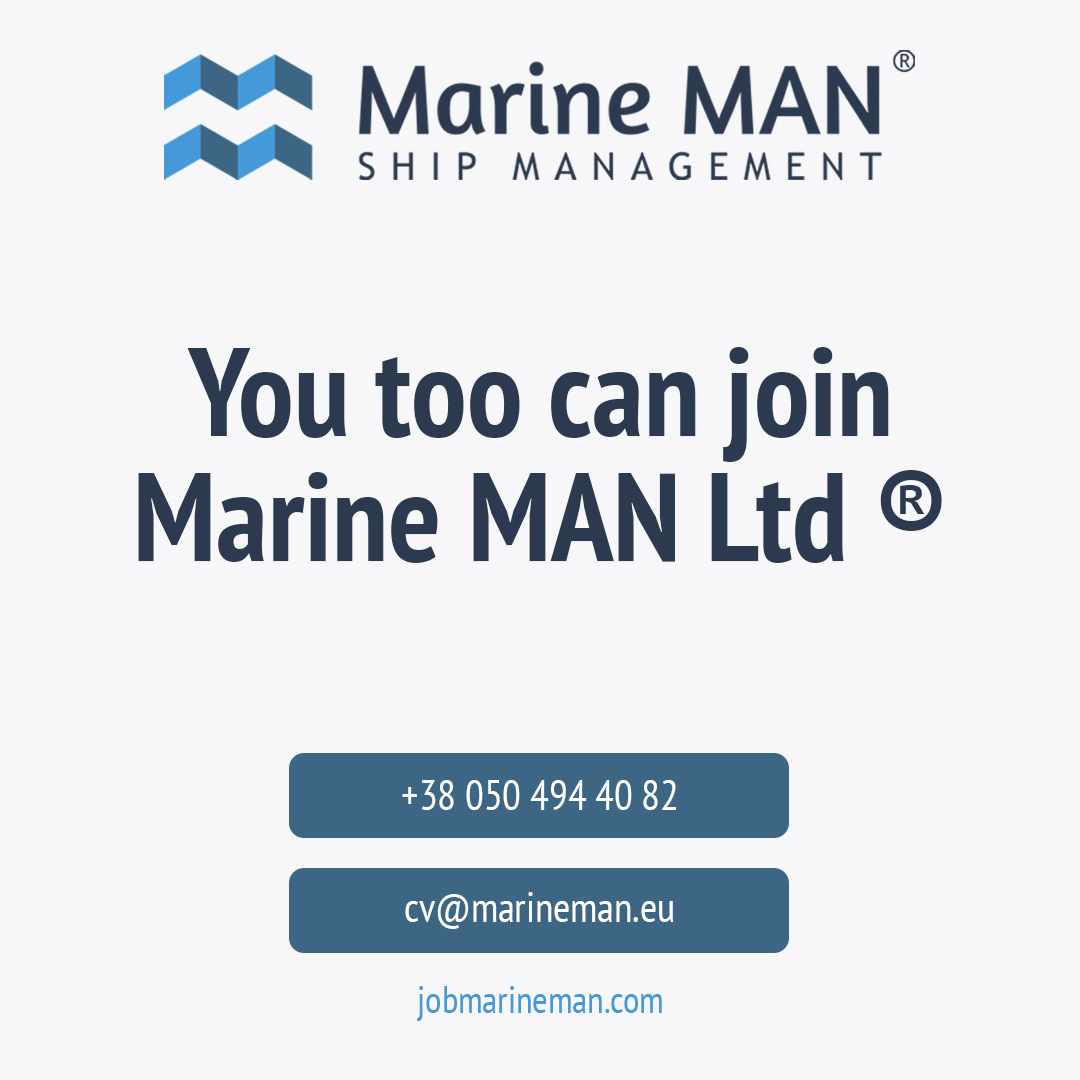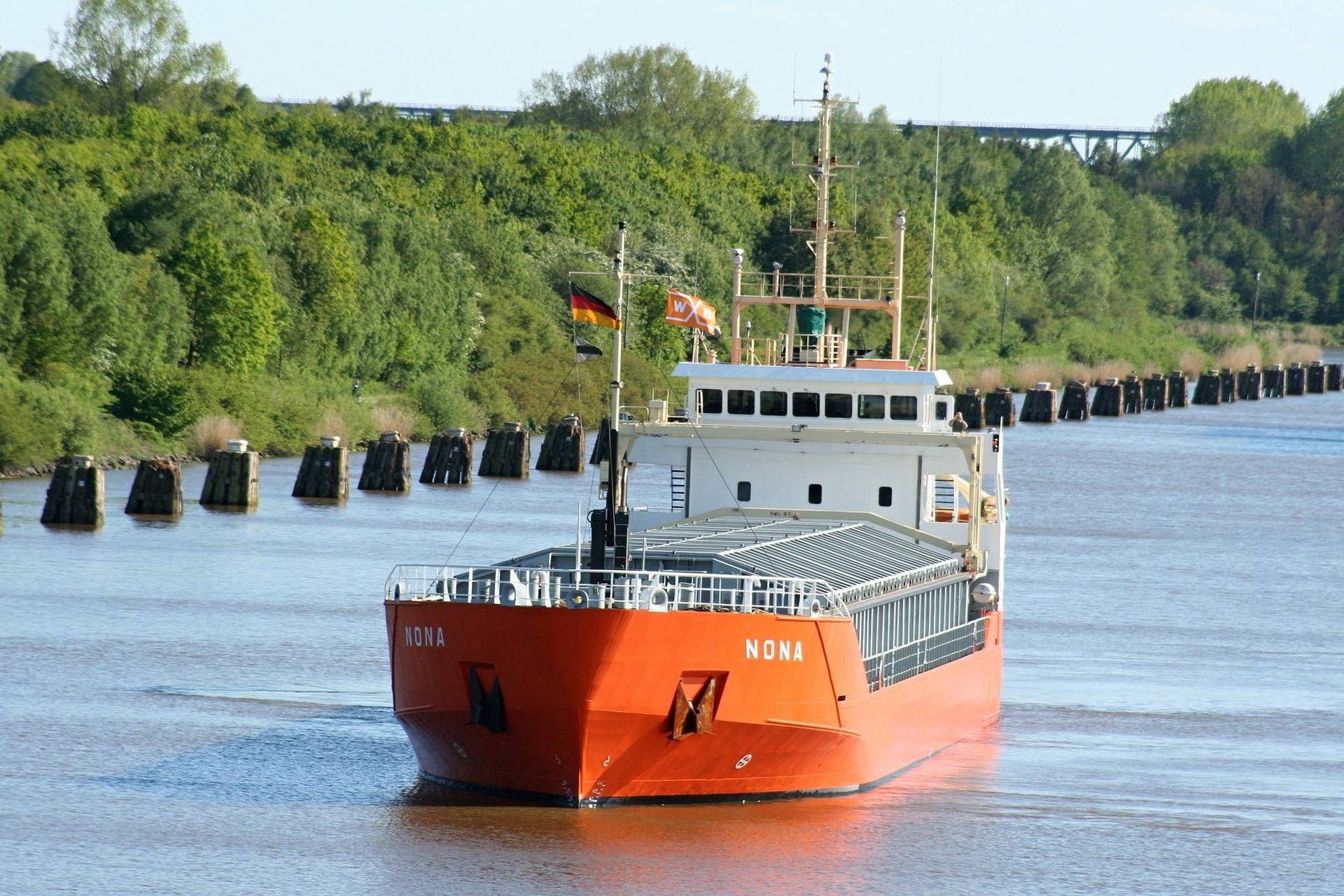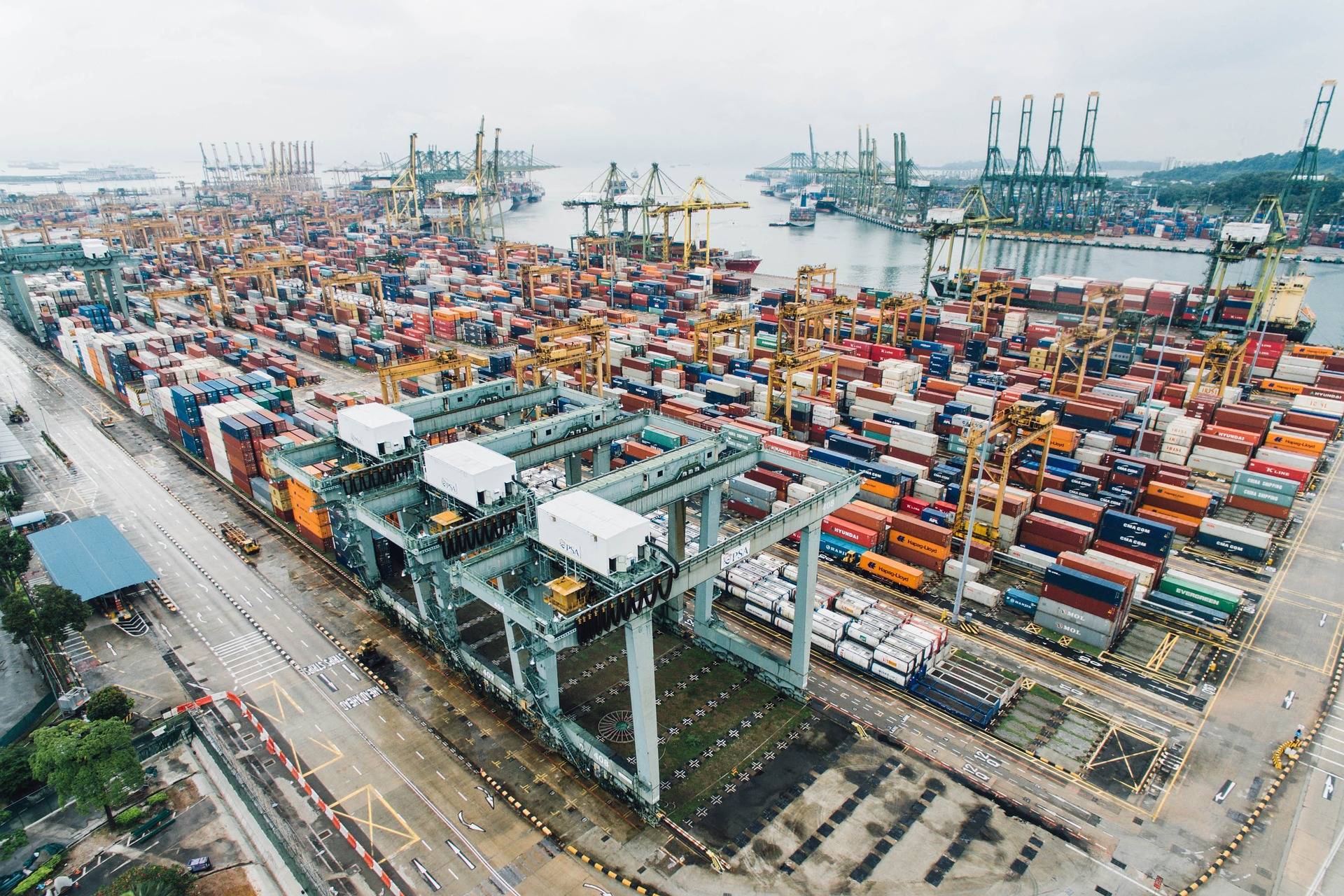Work on gas carriers - "LNG Steam Turbine"

Automatic translation
The shipping industry in the role of LNG carriers has been extremely cautious when choosing a power plant, and the steam turbine has been almost an exclusive option for such tankers over the past several decades. The main influencing factors, including economic considerations, environmental regulation, and safety issues, have profoundly influenced the technological developments implemented in the propulsion systems of LNG carriers. Since 2004, there have been many LNG tanker projects with a non-steam turbine engine (Steam Turbine), such as a dual-fuel diesel-electric propulsion system and a two-stroke diesel propulsion system with a re-liquefaction unit. The dominance of steam turbines in the LPG tanker sector has gradually faded away. To date,
Possibility of burning two types of fuel
The steam turbine has been the dominant power plant used on LNG tankers since 1960. Because it offers dual fuel combustion, low maintenance costs and high reliability. However, to improve operational efficiency, reduce engine room size and increase payload, the industry has developed a number of powerplant alternatives. In 2004, the four-stroke dual-fuel engine broke the dominance of the steam turbine and began to be used on gas tankers as part of a dual-fuel diesel-electric power plant. After 2010, two-stroke dual-fuel technology made a breakthrough in LNG tankers, including both high and low pressure gas injection concepts. Two-stroke dual-fuel engines can provide significant efficiency advantages over both DFDE and steam turbines. Thus, they have become a popular propulsion choice for gas carriers.
Three aspects are the driving factors for the development of a propulsion system:
- Traditionally, LNG was traded almost exclusively on inflexible long-term contracts, with ships sailing on fixed routes. However, the share of short-term contracts and even spot cargo has increased significantly since 2000. Thus, this change requires a more flexible and efficient propulsion system for different operating conditions;
- renewal of emission regulation. NOx emission limits and the Estimated Energy Efficiency Index (EEDI) are becoming increasingly stringent. To meet stricter regulations, the powerplant must improve its emissions and fuel efficiency;
- improvement of insulation technology. The boiling rate is significantly reduced by improving the insulation of the LNG tanks. This results in an insufficient amount of BOG to fuel the power plant and leads to the development of alternative more economical power plants.
 Variability of the use of running machines
Variability of the use of running machines
After an exhaustive review of the work related to the power plants of gas tankers, we discovered a large number of different propulsion systems installed on board ships, from turbines to internal combustion engines with endless options, which once again emphasizes the variability of the use of propulsion vehicles when transporting liquefied gases.
All these aspects reflect an important factor - seafarers working on such gas carriers must have knowledge and permission to work with the corresponding machine. Determining this factor, Ukrainian sailors can in advance ask the official agent of the ship owners with gas carriers, Marine MAN Ltd ®, about the type of vehicle. Crewing Company Marine MAN Ltd ® invites senior officers for open positions on Eaglestar LNG carriers and recommends submitting CVs and CVs.




